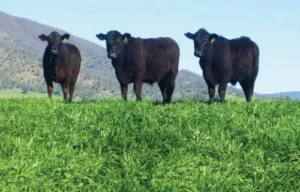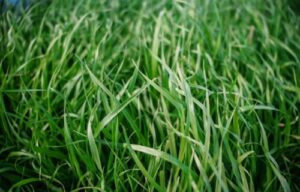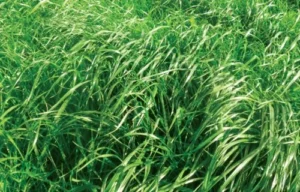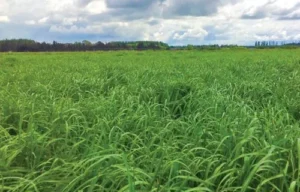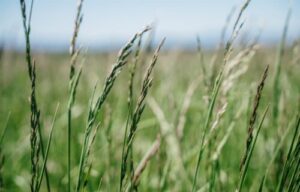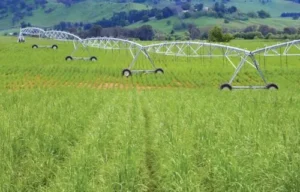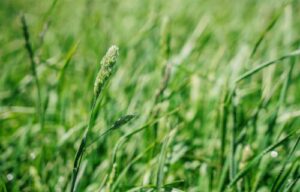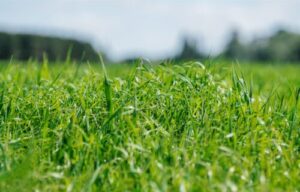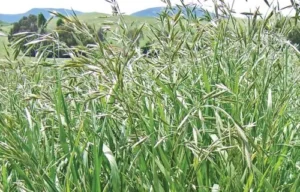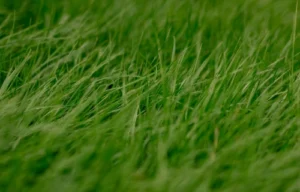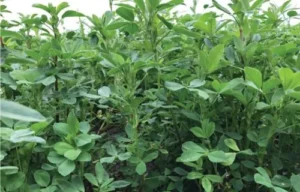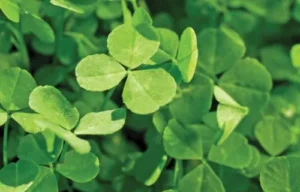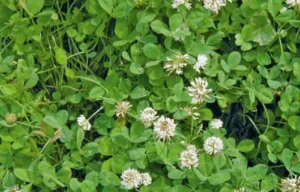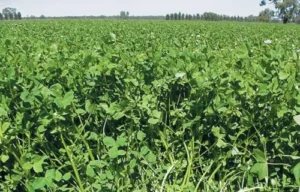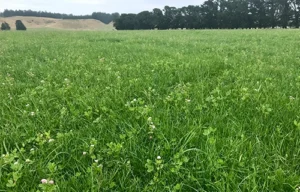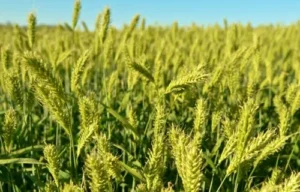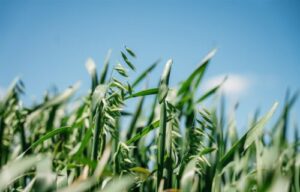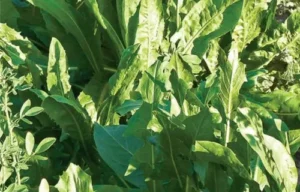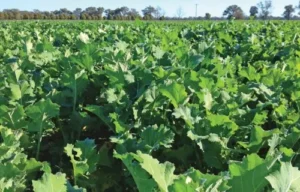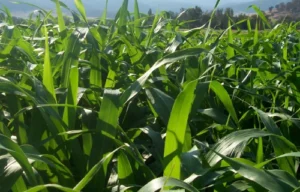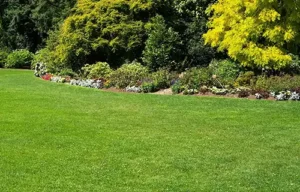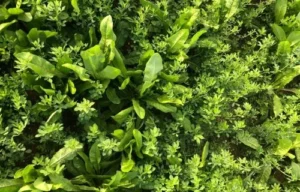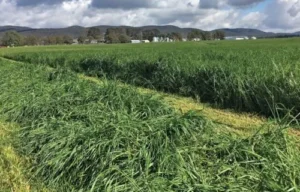AberGreen AR 1
Perennial Ryegrass
AberGreen is the first perennial ryegrass to offer the closest to optimum energy: protein ratio. Quality of grass is just as important as total yield. A digestibility gain of 1% can improve animal performance by up to 5%. Animals have a higher voluntary intake with high digestibility and can absorb more energy from the feed, meaning animals fed good quality grass will yield more. An increase of 1% in digestibility has been measured to increase grass dry matter intake by 0.2 kg per cow per day. AberGreen is 5.5% higher in digestibility when compared to a standard ryegrass.
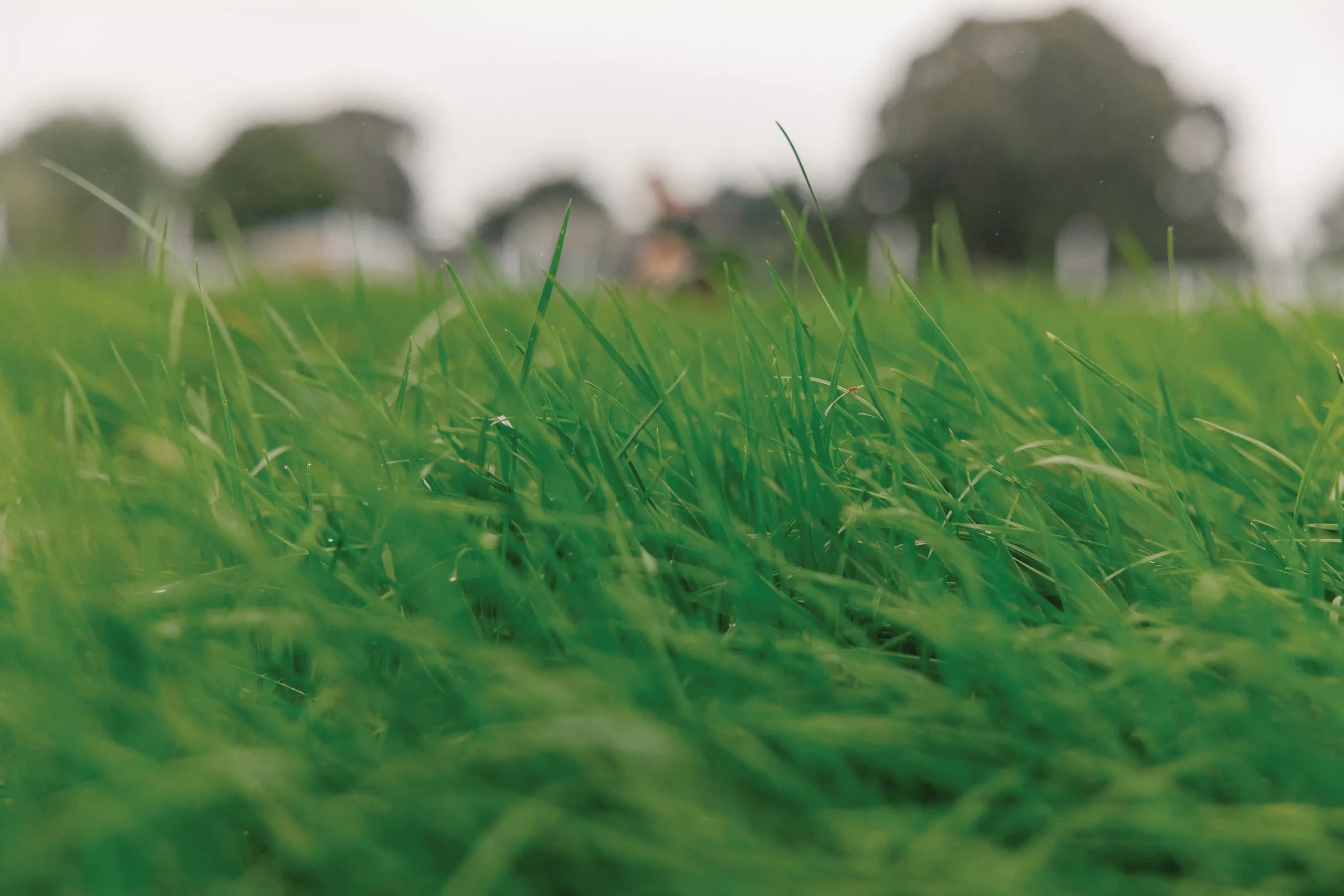
Scientific Name

Lolium perenne
Ploidy

Diploid
Sowing Rate

20 – 25 kg/ha
Blend Rate

10 – 15 kg/ha
Novell Endophyte

AR1
Seed Size

500,000-600,000 seeds per kg
Source: Pasture varieties used in NSW 2006-2007, Bev Zurbo, 2006
Maturity

Very late
Days to flowering relative to Nui (0) = +17
AberGreen is a very late-maturing variety designed to produce large amounts of quality feed late into the spring and summer season.
Key Features
Vigorous ground cover
Optimum energy-to-protein balance
Excellent digestibility under grazing and silage management
Bred for enduring persistence
Superior late spring yields
Plant Characteristics
Diploid perennial ryegrass
Fine dense tillers
AR1 Novel Endophyte
Deep root
Where can I grow it?
Medium to high rainfall zones
Performs very well under irrigation
Suits a wide range of fertility levels and soil profiles
Frequently Asked Questions
Soil Type
AberGreen is well adapted to a wide range of fertility levels and soil profiles, but performs best in a well-drained loam. Diploid perennials will cope with short-term water logging provided the growing tip is above water. To maximise stand productivity, soil testing is advisable. Analyse soil and neutralise deficiencies with fertiliser and/or lime.
Fertility
Good base rates of phosphorus are necessary for maximum DM production especially during establishment phase. DM production is directly related to nitrogen availability. Consult your UMS agronomist or fertiliser advisor for nitrogen application rates.
Sowing
Sow at 20-25kg/ha alone or 10-15kg/ha when a component of a pasture blend. Sow seed no deeper than 1cm in a fine but firm seed bed. Sow into bared ground if direct drilling. Lightly harrow and roll to improve germination. Suitable for oversowing into an established stand. Pasture productivity is directly related to successful plant establishment.
Disease and Pest Management
During emergence it is essential to monitor regularly for damage from insects such as RLEM and lucerne flea, and spray as required. Inspect during early stand life for populations of black-headed cockchafer and slugs. Contact your UMS agronomist for spray application rates.
Weed Control
AberGreen seedlings germinate quickly and are very competitive once established. Always use a knockdown herbicide to ensure you are sowing into a clean seedbed. Monitor for post-emergent weeds and spray as required. Use options such as spray-grazing for broadleaf weeds.
Grazing
Do not graze AberGreen until the plant is well anchored and root depth is established. Carry out a quick in paddock ‘grab test’ by hand to ensure stock cannot pull plants out of the ground. AberGreen should be rotationally grazed to maintain 2-3 leaves per tiller. If the stand is allowed to grow beyond the three-leaf stage, it may run to head earlier and there will be a proportional reduction in quality and productivity.
Remove dry residues from established stands during autumn to encourage new tillers and reduce stocking rates during late spring to encourage seed set and provide summer feed. Perennial ryegrass should be rested if temperatures exceed 30˚C to reduce plant stress. Requires rotational grazing for persistence, high yields and to maintain nutritional quality.
Feed Quality
Late-flowering diploid perennials provide good winter production extending well into spring. AberGreen is an excellent base for any perennial pasture providing reliable DM production and hay production opportunities.
Animal Health
To optimise livestock weight gain and health, ensure livestock are vaccinated and drenched. To prevent nutritional problems, make gradual diet changes when introducing hungry stock to lush pastures.
AberGreen contains Novel Endophyte AR1. AR1 novel endophyte is non-toxic to livestock and will give ryegrass protection against Argentine stem weevil and pasture mealybug, but only limited protection from black beetle and no protection from other pasture pests. Contact a UMS agronomist for more information. (Source: https://beeflambnz.com/knowledge-hub/PDF/endophyte-update.pdf).
Replicated Dry Matter Trial
Sowing location:
Cressy Research Station, TAS, 2020
Sowing date:
May 2020



